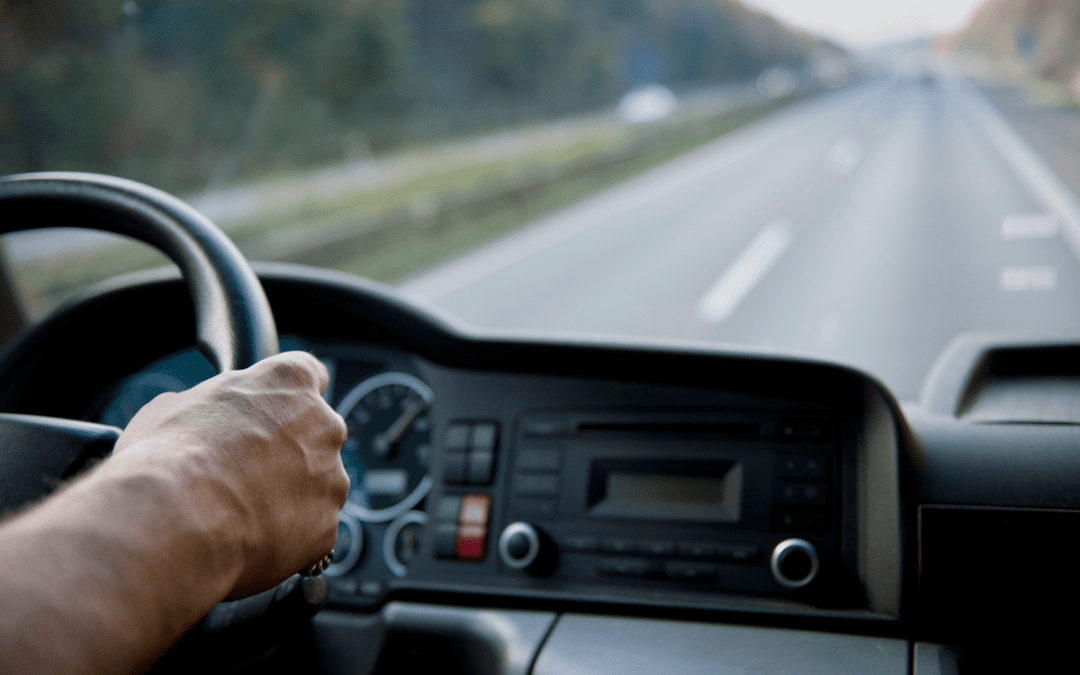High tech features of newer cars do more than deliver WiFi capabilities, navigation, or high-quality radio entertainment. They can save lives with measures to avoid accidents or reduce their impacts. Here, we feature eight new vehicle safety features and some of the risks and harm they seek to eliminate or mitigate.
Automatic Braking Systems
Rear-end collisions account for nearly 28 percent of vehicle crashes annually. In 2018, fatalities from these incidents numbered 2,439.
Automatic braking systems rely on radars and systems to detect vehicles or other objects in front of your vehicle. The system determines the distance and speed of those forward vehicles. Ice, snow, rain, and other road conditions come into play in deciding the distance needed for braking. Based on that data, the automatic braking system will apply additional force if you do not have enough time to completely stop on your own.
Forward and Rear Collision Warnings
The Automatic braking is one part of a broader system called the forward-collision warning devices. As with automatic braking systems, lasers and sensors on the forward-collision warning system detect vehicles and other objects. If the system senses an imminent crash, you will get a sound, light, or message on an on-board screen. Warning systems may also vibrate the car.
The point is to get a driver’s attention to take immediate action or otherwise stop whatever distracts the driver. Such measures may come in handy to mitigate the risks of collision from distracted driving. In 2018, nearly 2,814 of the 36,560 fatal crashes resulted from distracted driving. Nearly 385 of them involved a cellphone. Momentary diversions for other reasons such as passengers or the radio can cause serious injuries or fatalities.
Forward warning systems concentrate on the actions of your vehicle. With a rear collision warning system, your vehicle attempts to influence another driver who might rear-end you. Specifically, when a trailing vehicle comes within a specified distance of your rear, your vehicle will display flashing lights. These measures are designed to grab the attention of the driver behind you. Rear-end collision warning devices also seek to mitigate potential injuries such as whiplash from a rear-end crash by tightening the seat belt before a crash.
Pedestrian Detection System
New vehicle safety features include pedestrian detection systems. Roughly one out of three new vehicles contain pedestrian detection as a standard. A third of new cars will feature this as an option.
The sensors and cameras detect the presence of pedestrians walking along roadsides, those darting into a road, or entering intersections. When the system detects the pedestrian, your vehicle will issue a warning. Depending on time and distance and vehicle, the automatic braking system may activate. Other systems reduce the vehicle’s speed.
In 2018, automobile incidents killed 6,283 pedestrians. In 2017, nearly 137,000 pedestrians were injured non-fatally by vehicles but required emergency room attention.
Warnings About Blind Spots
A blind spot is an area you cannot see in your side mirrors. This creates problems especially for motorists changing lanes on highways and streets with at least two lanes in the same direction. Blind spots account for roughly 800,000 accidents per year. Although fatalities number just 300, serious injuries can occur especially with blind-spot crashes involving commercial trucks and buses.
The blind-spot warning system seeks to reduce these crashes by sensing whether a vehicle is in your blind spot. Activation occurs when you initiate a lane change. as with other automated safety systems, cameras and radar provide the detection of objects in the blind spot.
Lane Departure Alerts
Distracted driving and drowsiness due to alcohol, sedatives, or lack of sleep can cause drivers to swerve. In 2019, a reported 697 people died due to driving while drowsy. Fatigued driving brought an estimated price tag of $109 billion — not counting property damage.
A driver who cannot maintain lane control can sideswipe other cars or run off the road hitting objects or going down embankments. With cameras, the lane departure alert system detects the center lines and other markings of a lane. If your vehicle crosses or approaches one of those markings, you will get a sound or a warning light on your dashboard. The lane departure warning does not self-correct your driving. It gives you enough warning so that you will take the necessary action yourself to get back in your lane.
Related to lane departure warning is the concept of lane-centering assistance. This kind of system keeps your vehicle within a particular lane.
Adaptive Cruise Control
Roughly one out of every four traffic fatalities involve speed. The failure to control or maintain proper speed results in rear-end collisions, T-Bones, and off-road damage and injuries. In some cases, the need to stop suddenly causes a driver to lose control of the vehicle.
With an adaptive cruise control system, the vehicle automatically adjusted speed based upon its approach to other vehicles and objects. Traditional cruise control keeps the car at a set speed generally of your choosing. When you press the brakes to slow down, cruise control will generally deactivate and you’ll have to reset the speed.
In an adaptive system, the car itself will speed or slow based upon the distance from the vehicle ahead. Rather than just having the desired speed, you have a set and safe distance maintained between you and other vehicles. This is intended to give you more time to stop to avoid a rear-end collision or speeding.
Road Sign Recognition
Knowing and obeying road signs are essential to legal and safe driving. Road sign recognition systems scan a particular area for road signs and display them on a panel or screen. The software uses algorithms to interpret the images of the signs captured by the cameras or sensors.
The signs indicated by the system include speed limit signs, railroad crossing or school crossing signs, yield signs, and sharp curve warning signs. A preliminary report stated that 1,883 crashes occurred at railroad crossings in 2020, with 203 fatalities and 669 injuries. The use of road sign detection devices also attempts to reduce crashes at intersections due to failure to yield or stop for signs or and also gives warnings for speeding.
Cross-Traffic Alert Systems
Rear-view cameras have been around for some years, and they prove valuable for drivers who are backing up. However, they may not (by themselves) effectively catch vehicles and objects that suddenly approach you or which are obscured.
Cross-traffic alert features seek to remedy these shortcomings. The system uses sensors in the rear of the car to detect vehicles that might cross your path as you back out. Upon detection, the system will send an audible alert. Depending on the model of your vehicle, you will see warning symbols or lights on the rear-view mirror or rear-view camera.
New vehicle safety features can reduce, but do not necessarily eliminate, human error in driving. Negligence can still happen, and injuries can prove significant. If you or a loved one suffered personal injuries in a car crash, contact us today to determine whether driver error or a defect in the devices may be to blame.



